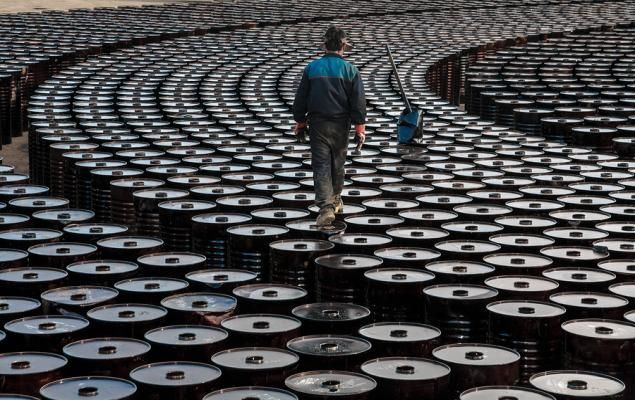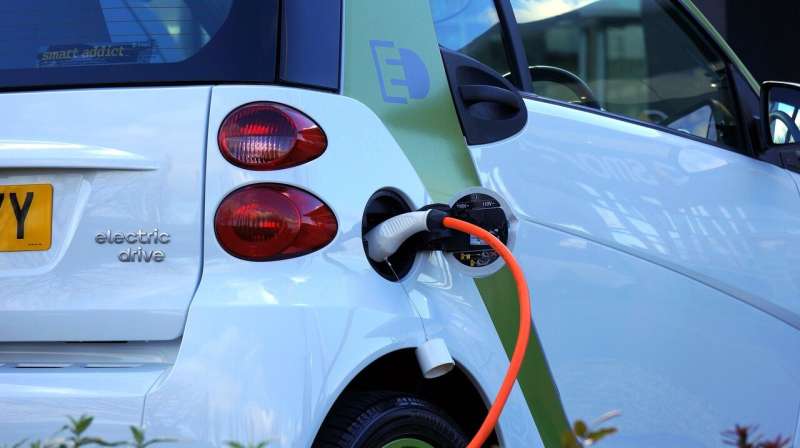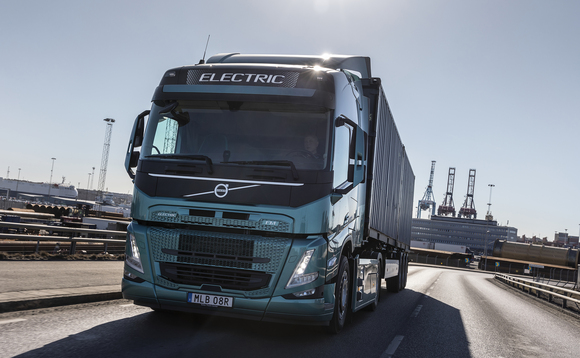 While China's efforts to increase output may offset production decline from aging oilfields, it is not likely to reduce its dependence on foreign oil and gas imports.
While China's efforts to increase output may offset production decline from aging oilfields, it is not likely to reduce its dependence on foreign oil and gas imports.
Although China’s ‘open door policy’ reform spurred economic growth and paved its way to becoming the world’s second largest economy, the country’s oil and gas sector is still plagued with accusations of monopolizing resources. Despite the country’s growing international reach and booming economy due to the policy, its energy sector is dominated by state-owned heavyweights namely China National Petroleum Corporation, Sinopec SNP and China National Offshore Oil Corporation. Over the years, China’s oil and gas demand has outstripped production, increasing the country’s reliance on imports.
Notably, last year, President Xi Jinping ordered the major Chinese energy companies to boost domestic output to bolster the national energy security. FollowingJinping’s call, Chinese oil and gas giants have revved up their five-year capital expenditure plans in a bid to shore up the country’s energy security.
However, the question is — Will increasing capital spending by the Chinese companies be a winning bet and generate profitable returns, considering the soaring development costs in China’s aging oilfields and declining reserves.
China’s Fuel Import Dependence Jumps
China’s oil production was around 4 million barrels per day (MMbpd) 25 years ago, enough to meet the domestic demand. However, years of rising demand and declining output has made China the world’s biggest importer of oil and gas. In April 2019, China imported 43.7 million tons of crude oil worth $14.4 billion. With the domestic production shrinking, the ratio of foreign oil reliance has surged to more than 70% and the trend is expected to persist.
Amid the government push for cleaner fuel, the demand for natural gas is also on the rise, leading to rising imports which make up for over 40% of the total consumption. Natural gas imports reached 10.6 billion cubic meters in April 2019, up 12.2% year over year. While natural gas accounted for 7% of the China’s energy mix in 2017, the government intends to increase it to more than 15% by 2030.This will further increase China’s dependence on foreign natural gas and could make the country the world’s biggest importer of LNG.
As such, the government is pushing its energy giants to bolster the domestic gas production, especially amid the trade tensions between China and the United States.
Chinese Oil Giants Fast-Track Investments to Boost Domestic Output
As dependence on fuel imports continue to increase, the pressure on domestic production also rises. In a bid to boost the domestic output, China’s big three oil companies — PetroChina PTR, Sinopec and CNOOC Ltd. CEO have raised their combined capital expenditure of 2019 to $77 billion, representing 18% hike from last year. PetroChina, Sinopec and CNOOC have planned a year-over-year capex boost of 17%, 27% and 16%, respectively, in 2019.
Recently, Sinopec and China National Petroleum Corporation, the parent company of PetroChina, collaborated to bolster their output and reserve capacity in China’s Xinjiang region and Sichuan province.The partnershipcovers a total area of 308,500 square kilometers.WhileChina National Petroleum will invest $730 million every year from 2019 to 2025, Sinopec will increase exploration investment by 30-50% in the regions.
A couple of days back, CNOOC and Sinopec teamed up to ramp up exploration efforts in offshore China. The state-controlled giants will explore for oil and gas resources at Bohai Bay, Beibu Gulf, South Yellow Sea and North Jiangsu Basin.
Will the Capex Drive and Collaborations Pay Off?
While China’s big three are betting big on domestic plays, it doesn’t guarantee robust output and solid returns they intend to generate. That’s because the companies are shelling out billions of dollars into mature and aging oil fields or new and cost-intensive plays, whose potential rates of return are relatively low. This is quite a risky proposition. Further, the US companies are unwilling to sell their fracking technology to China amid intellectual property concerns.
Add to that, unlocking the country’s large undeveloped shale reserves is a challenging task. China’s reserves are much deeper and harder to reach than those in North America. According to Bloomberg, China’s oil reserves have been on a steady and terminal decline, with production falling about 12% over the last three years.







